Besides actors, firemen, and samurai, another group in Japan famous for its love for tattoos was the yakuza. This crime organization, active since the seventeenth century, is mostly known in the West for its secrecy, the practice of yubitsume (cutting off one’s finger as penance), extreme wealth, and tattoos. In the yakuza, tattoos are part of the ways in which a member can show his wealth, loyalty and commitment to the group, and his courage. For yakuza members, tattoos are deeply personal and the relationship with the tattooer crucially important. Some tattoo artists, such as Horiyoshi III, an irezumi artist in Yokohama, are known to have inked many yakuza members. In 2017, VICE asked Horiyoshi why the yakuza liked to be inked by him, and he replied: “Yakuza always want the best […] they want to look good, so they come here.”
The art of Japanese tattoos has been appreciated worldwide for many centuries. For instance, in 1881 during a visit to Japan, King George V had a Japanese dragon tattooed on his arm. Nowadays, bodies decorated with Japanese-inspired or traditional themes are a common sight in any city. When asked whether Japanese tattoos in the West are a form of cultural appropriation, Kitamura strongly believes that: “it all comes down to respect. Japanese tattooers have always tattooed non-Japanese [...]. I would hope that those who acquire and apply Japanese tattoos do so in a respectful manner and pay attention to what these images symbolize. [...] when tattooed with respect, I think Japanese tattooing is a wonderful way to share and appreciate Japanese culture.” Likewise, Horitomo, another artist at State of Grace Tattoo, skilled in tebori and famous for his cat-themed tattoos, thinks that “people all over the world getting and doing Japanese style tattoos is a great thing. It keeps the art alive and evolving.”
Among those who have been dedicating their talents to the art of tattoos is Gakkin, a freehand tattooer who moved from Kyoto to Amsterdam. When asked to describe his work, he said: “I use freehand skills, work[ing] directly on the body, conforming to and molding its curves and lines. […] My style is twenty-first century, not following so many old boring rules.” His intricate and mesmerizing tattoos are not only inspired by traditional Japanese paintings and architecture, but also by modern art, such as manga. He is keen to avoid fashion trends and fiercely protects the originality and uniqueness of his work. “Some people use the word ‘inspired’ when [they] almost copy somebody's style. I really don't like and don’t understand why people spend their time [doing] it. […] But I think this is not only [in the] tattoo world but also everywhere.” Gakkin works almost exclusively with black ink and this allows him to create tattoos that retain a classical elegance while being contemporary and unique. The result is that each body transforms and is transformed by his art. Yet, his goal is not to “share Japanese tattoo culture to the world,” he says,“Tattooing is just a tool to enjoy my life and to express [myself].”
The strive for self-expression of both a tattooist and a tattoo artist is arguably what has made the world of tattoos fascinating for so many centuries. Whether to atone through a painful experience, to pledge loyalty to a lover or a criminal organization, whether visible or hidden, tattoos traveled the world. People, their hopes, memories, and cultures have been read, understood, and judged through the marks left by ink. For all these reasons, we can truly say that the history of our ever-changing world is deep in our skins.







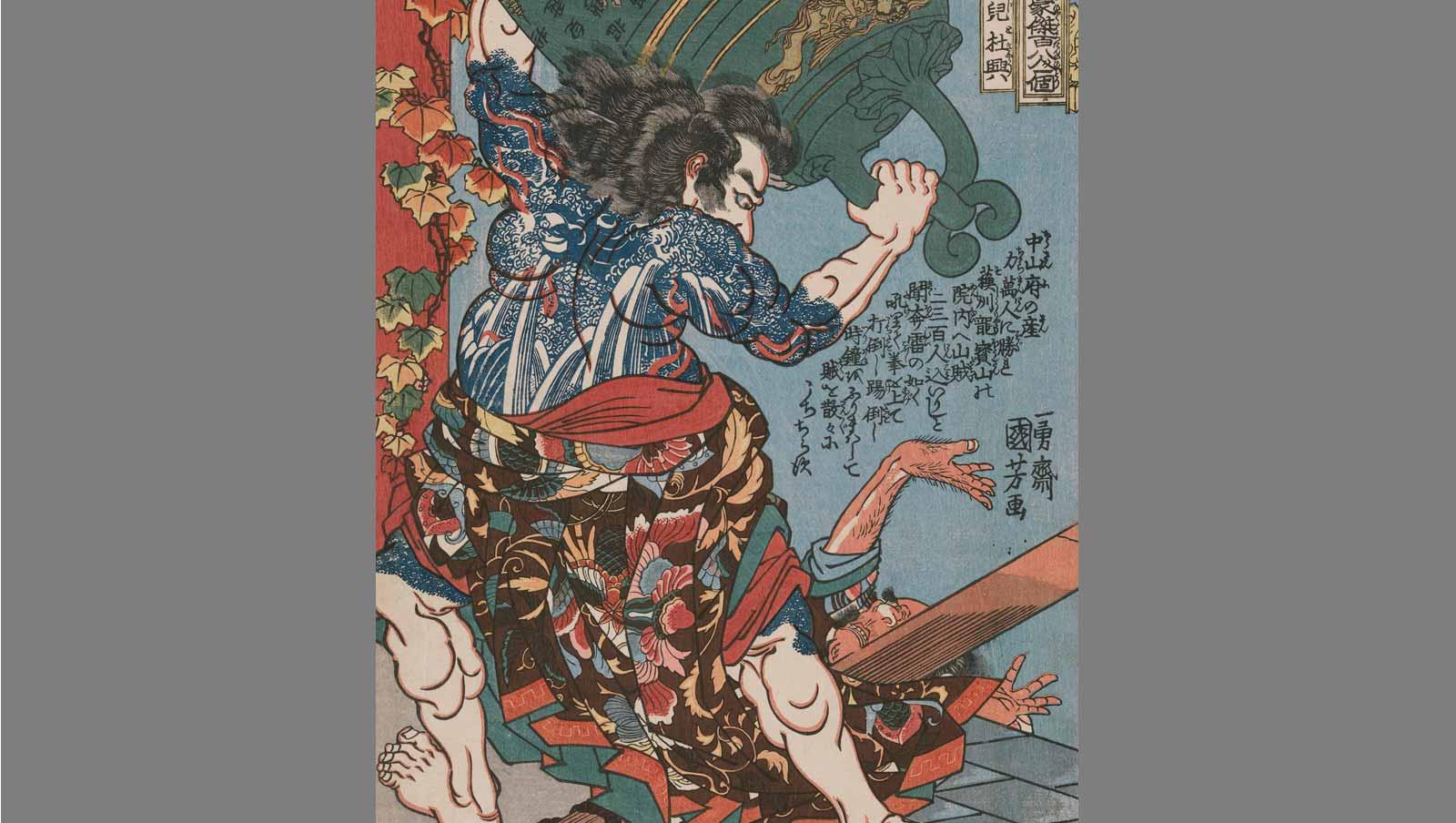

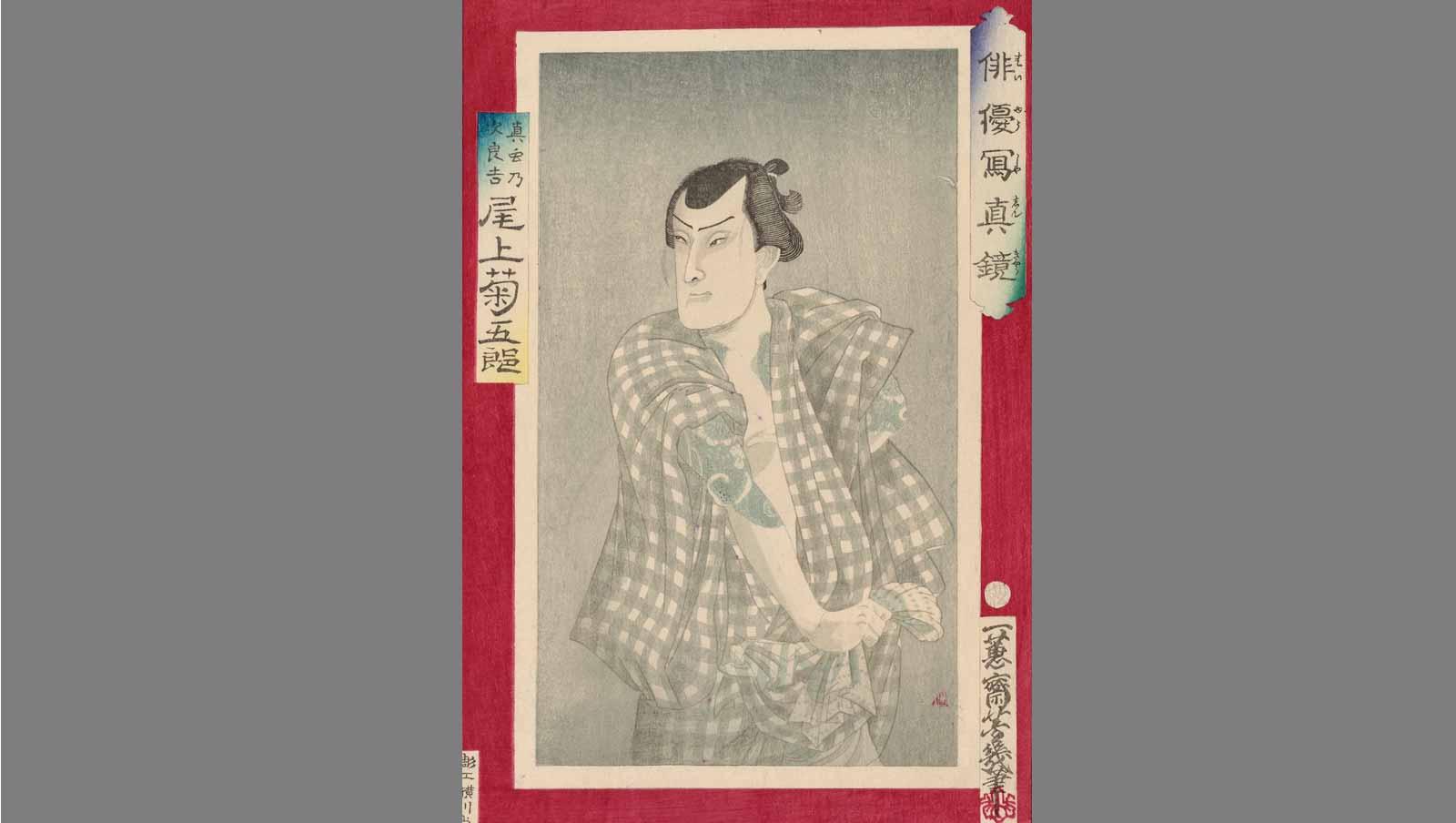
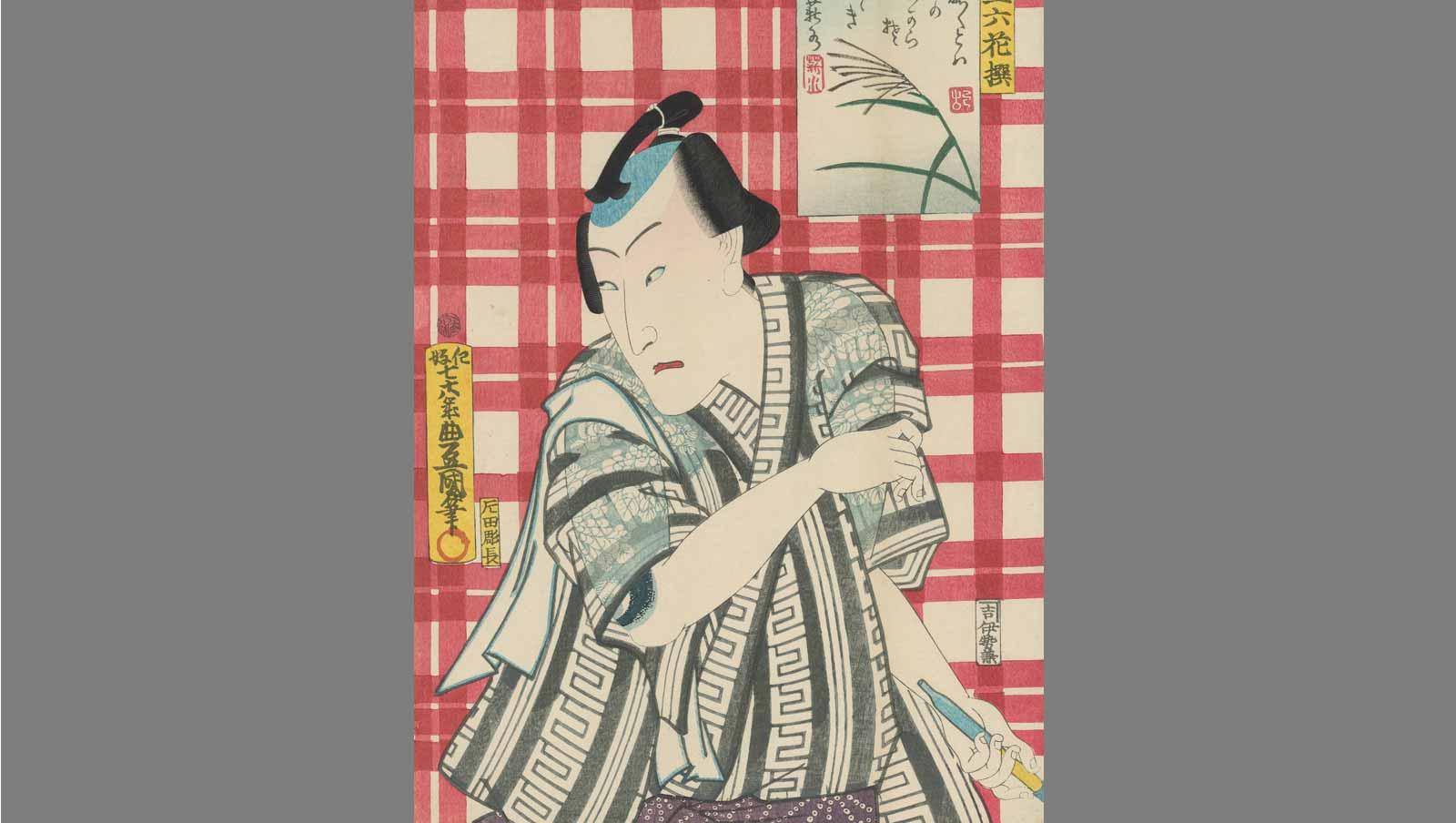
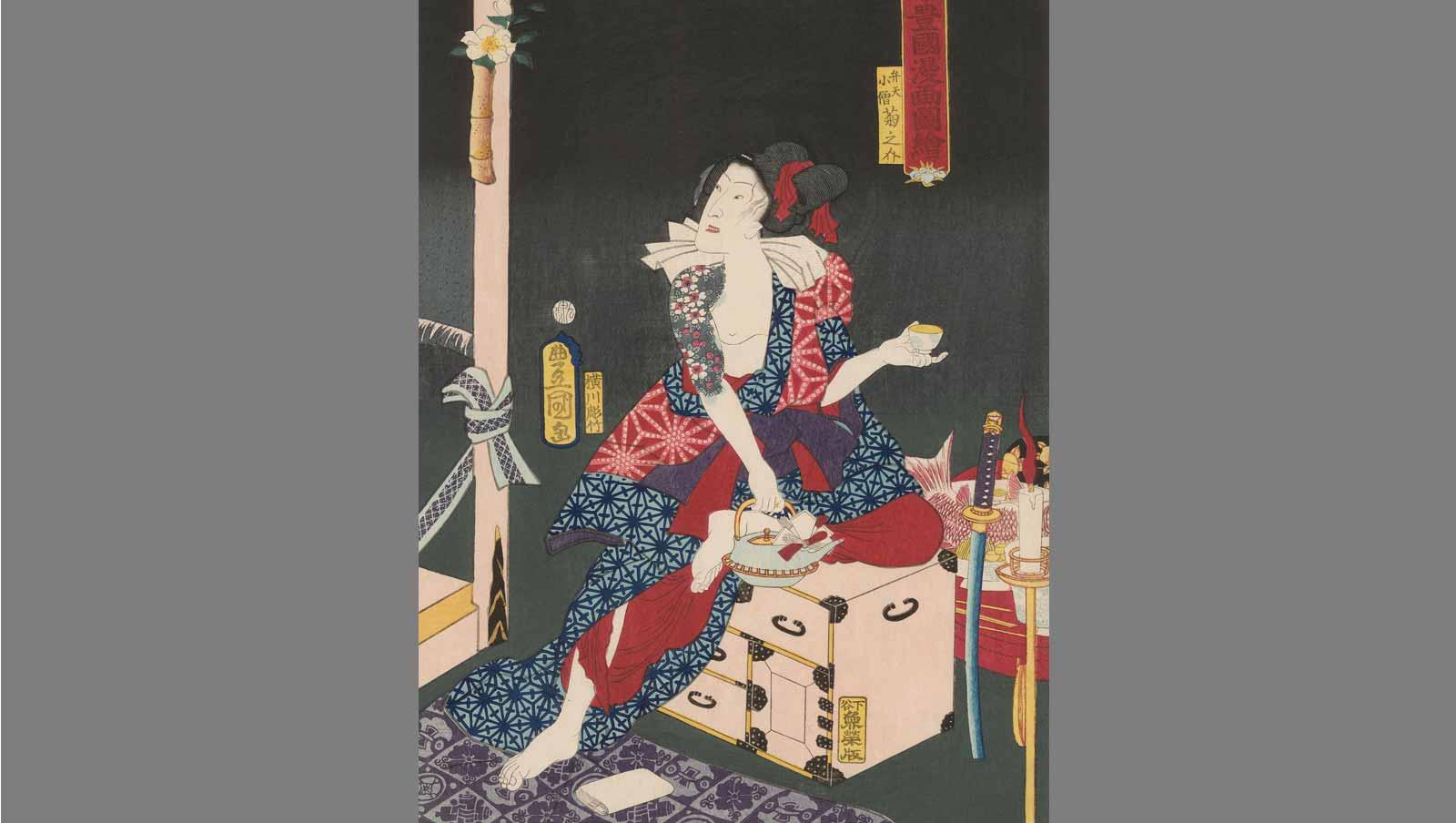

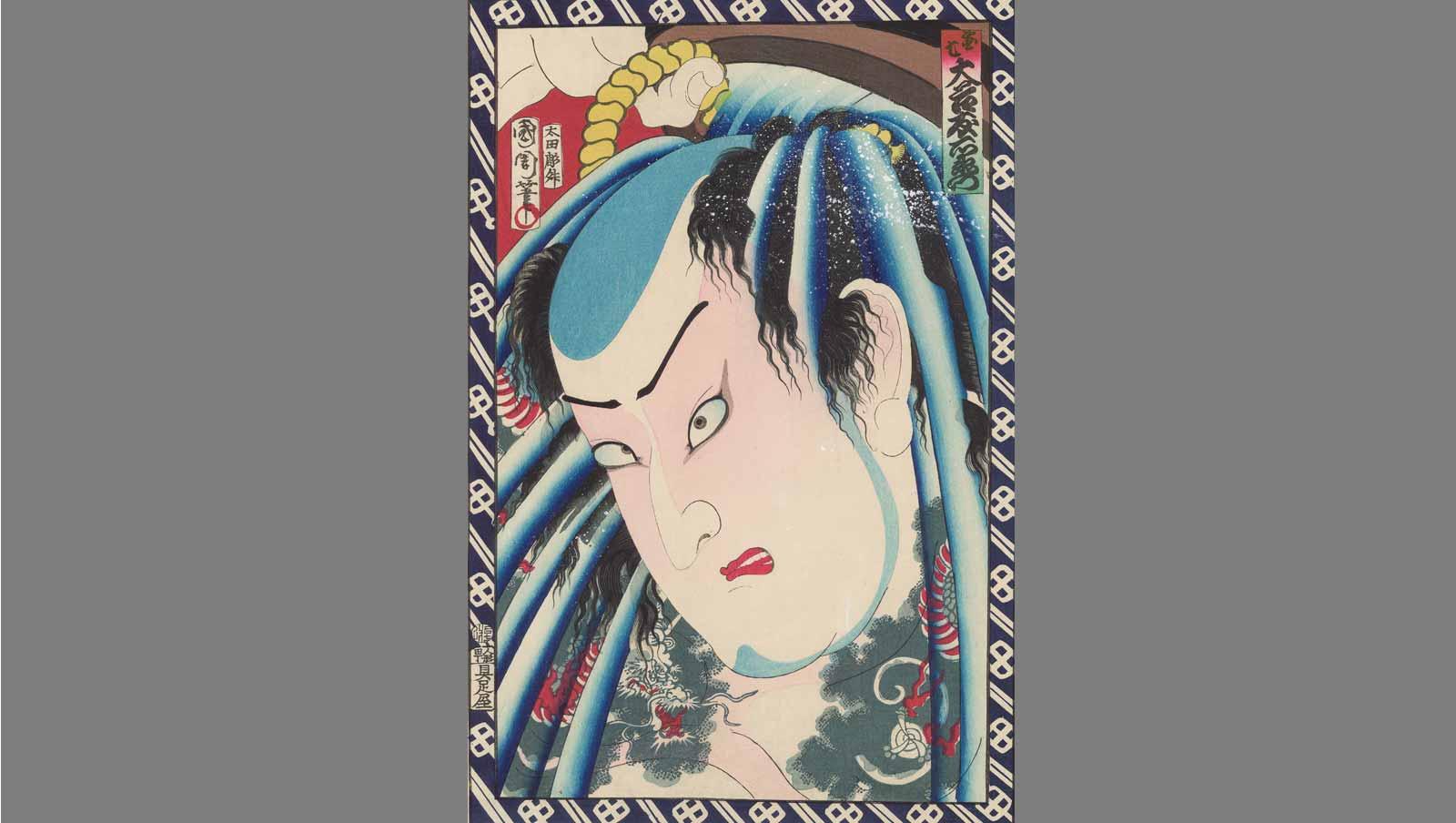
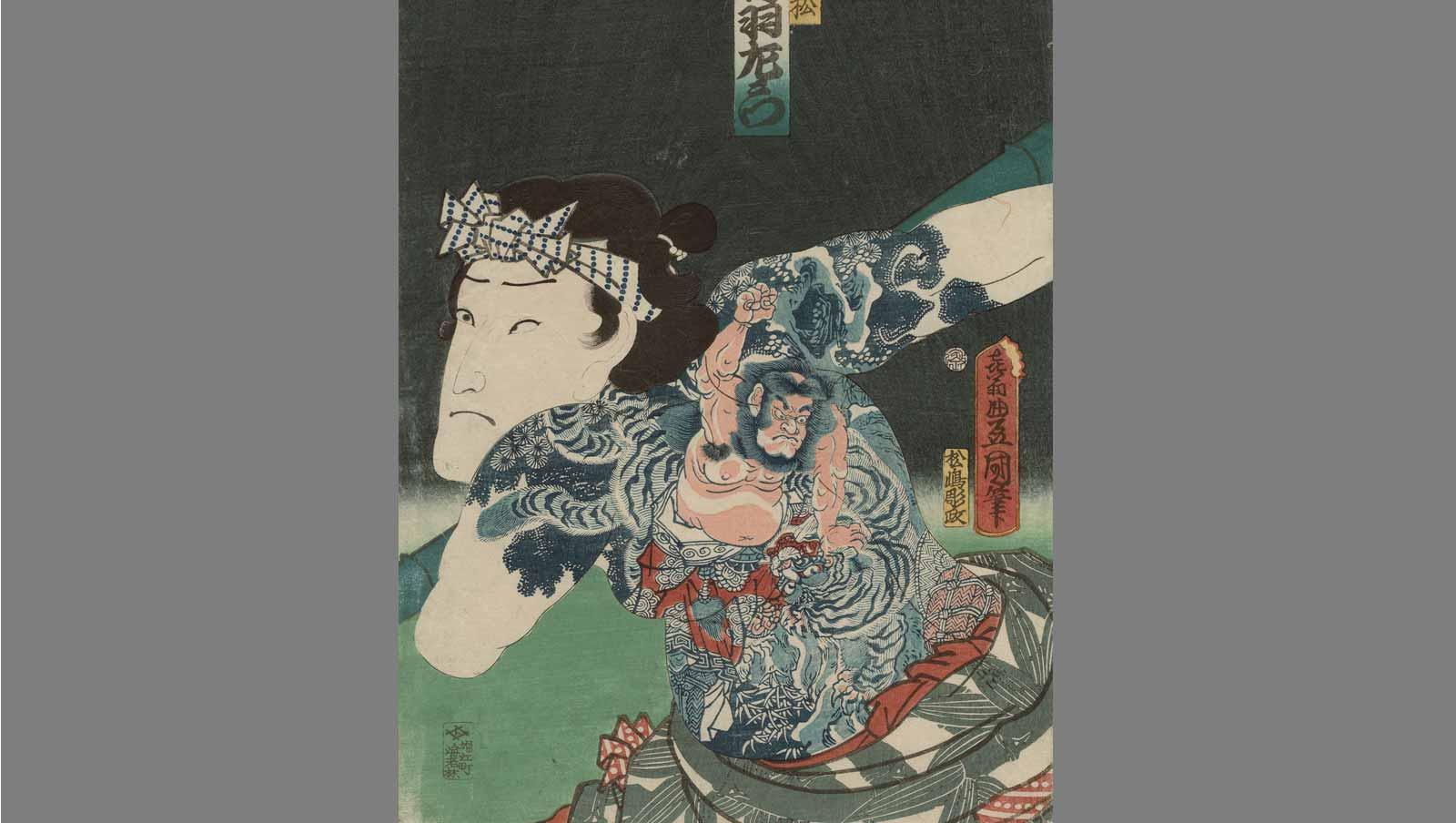
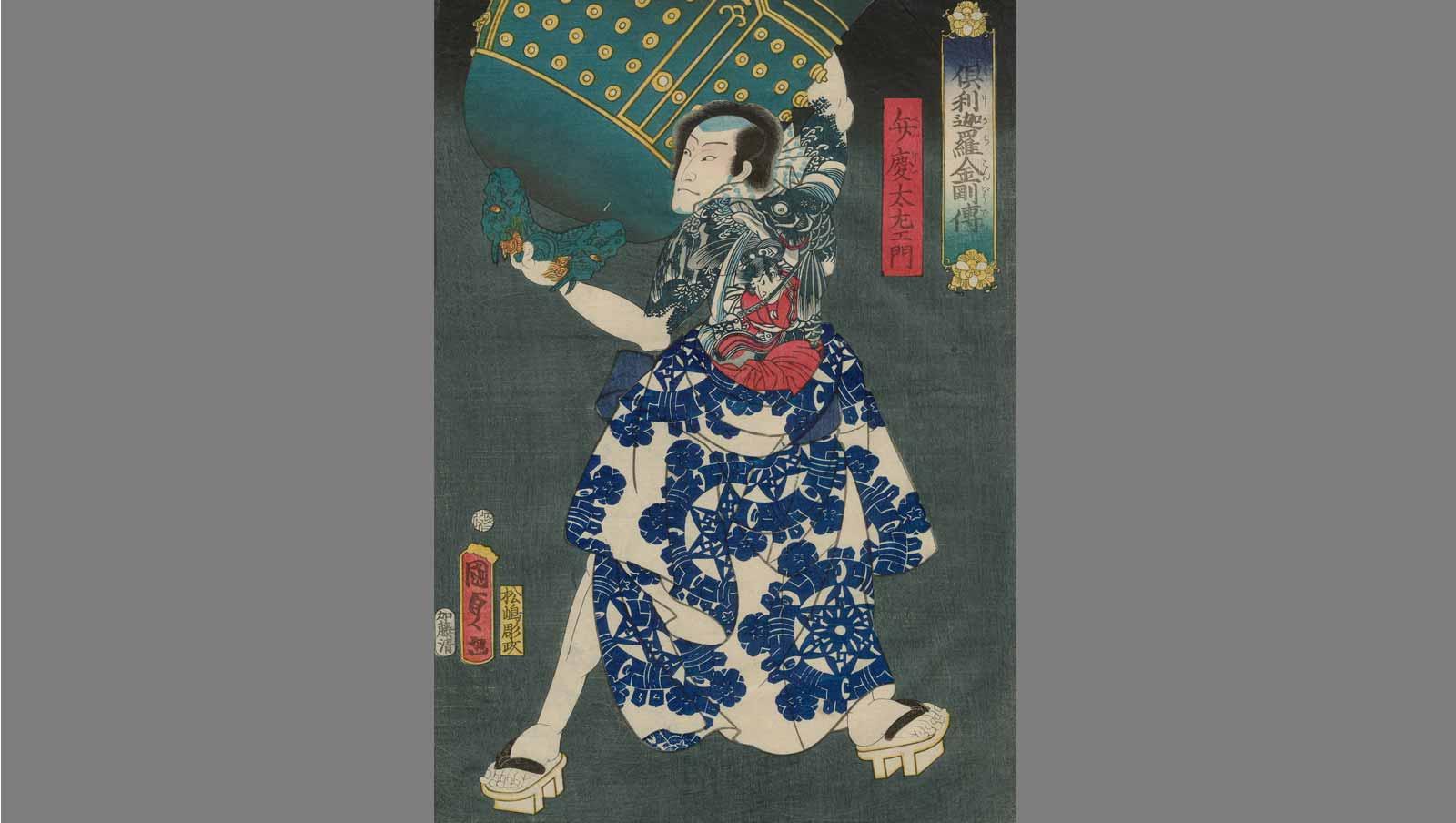
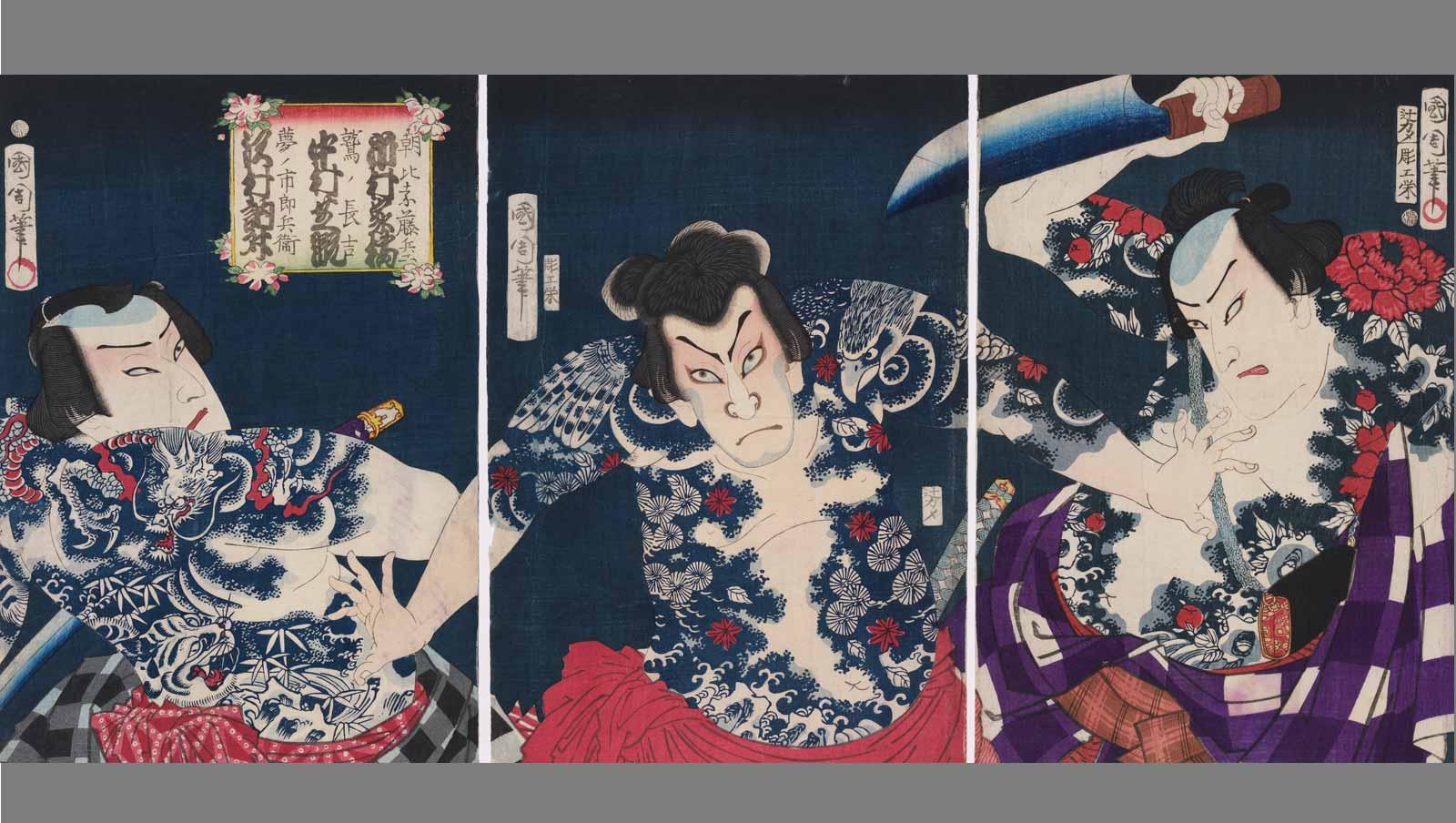
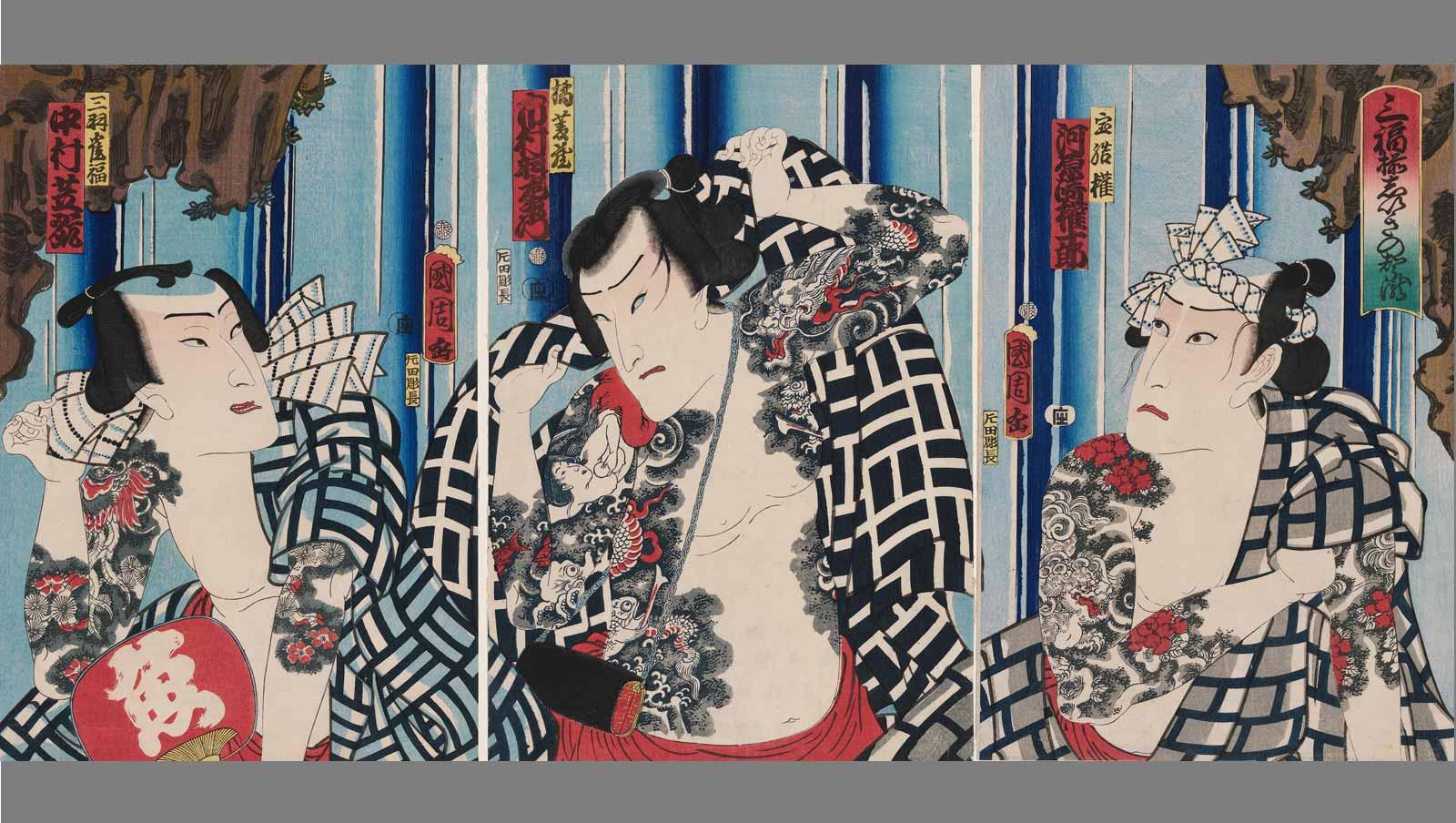
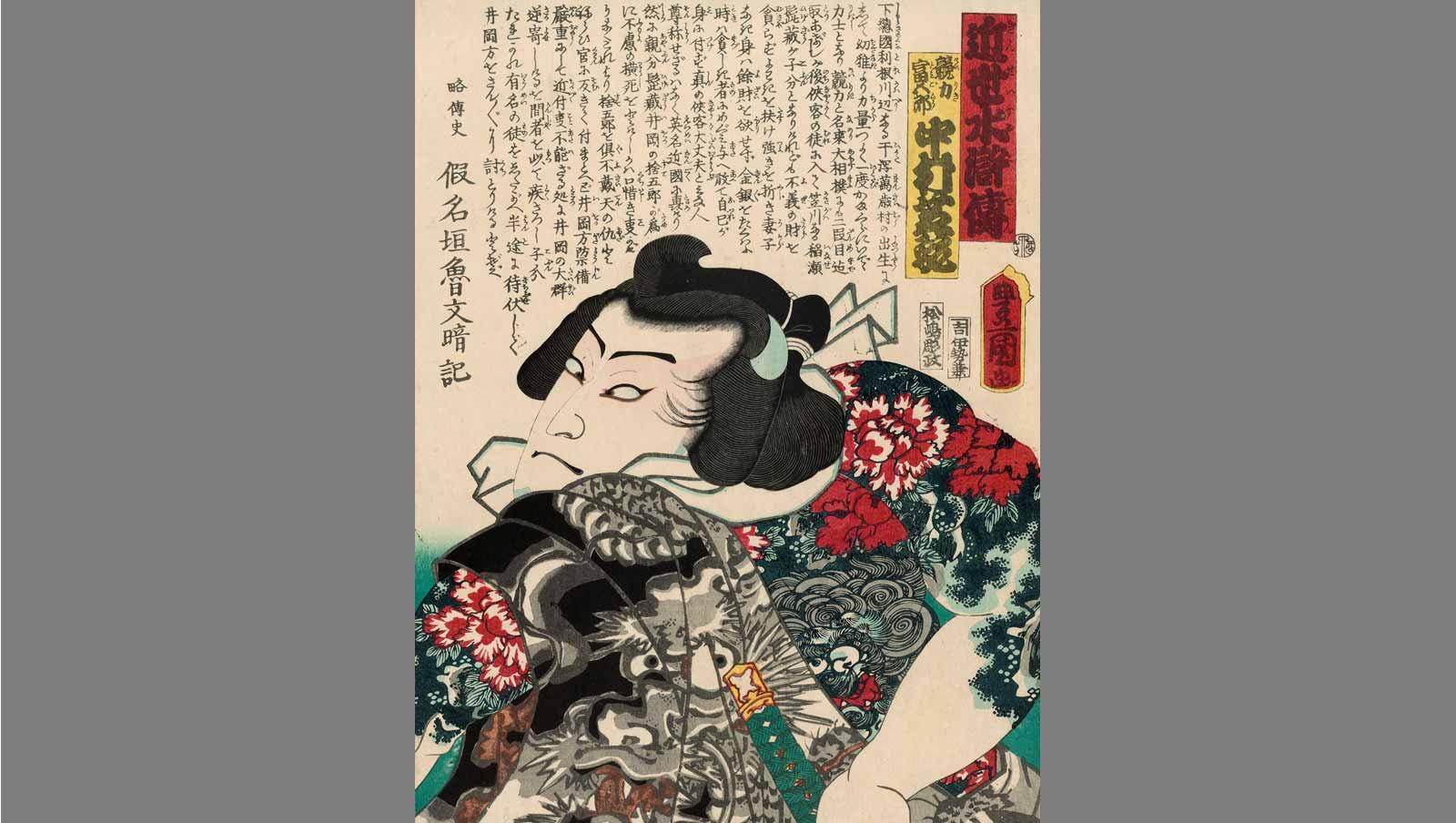
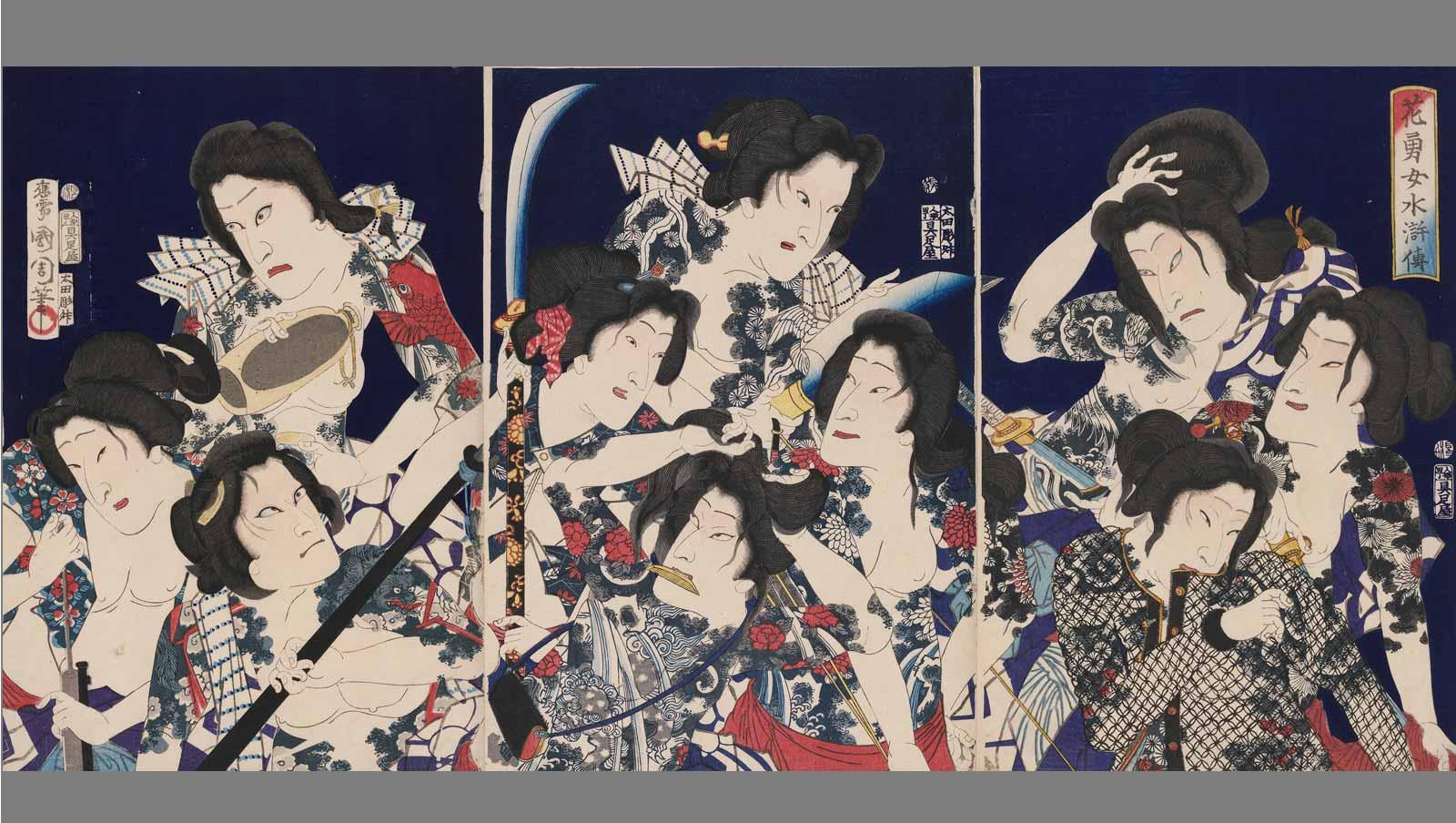
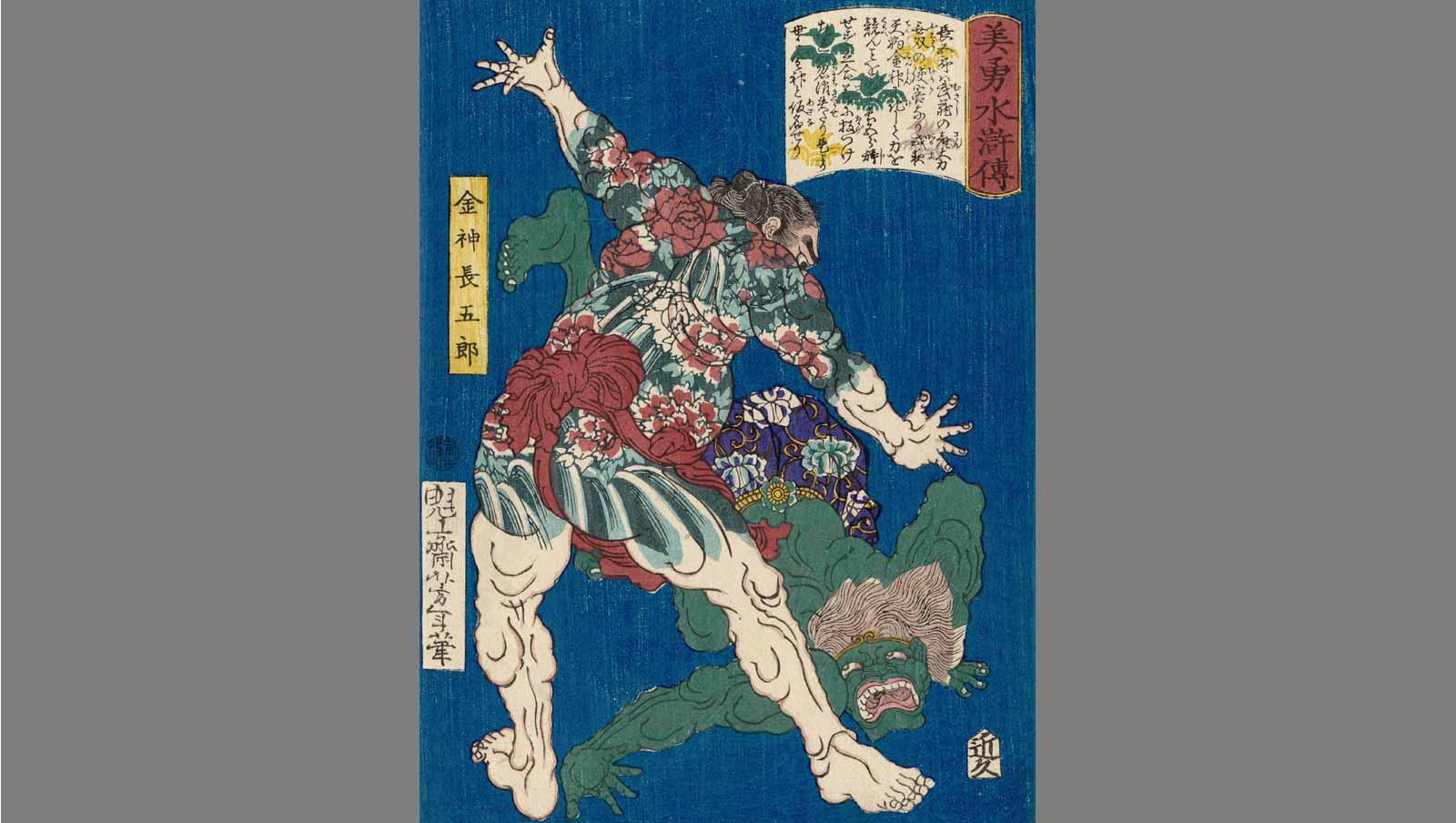

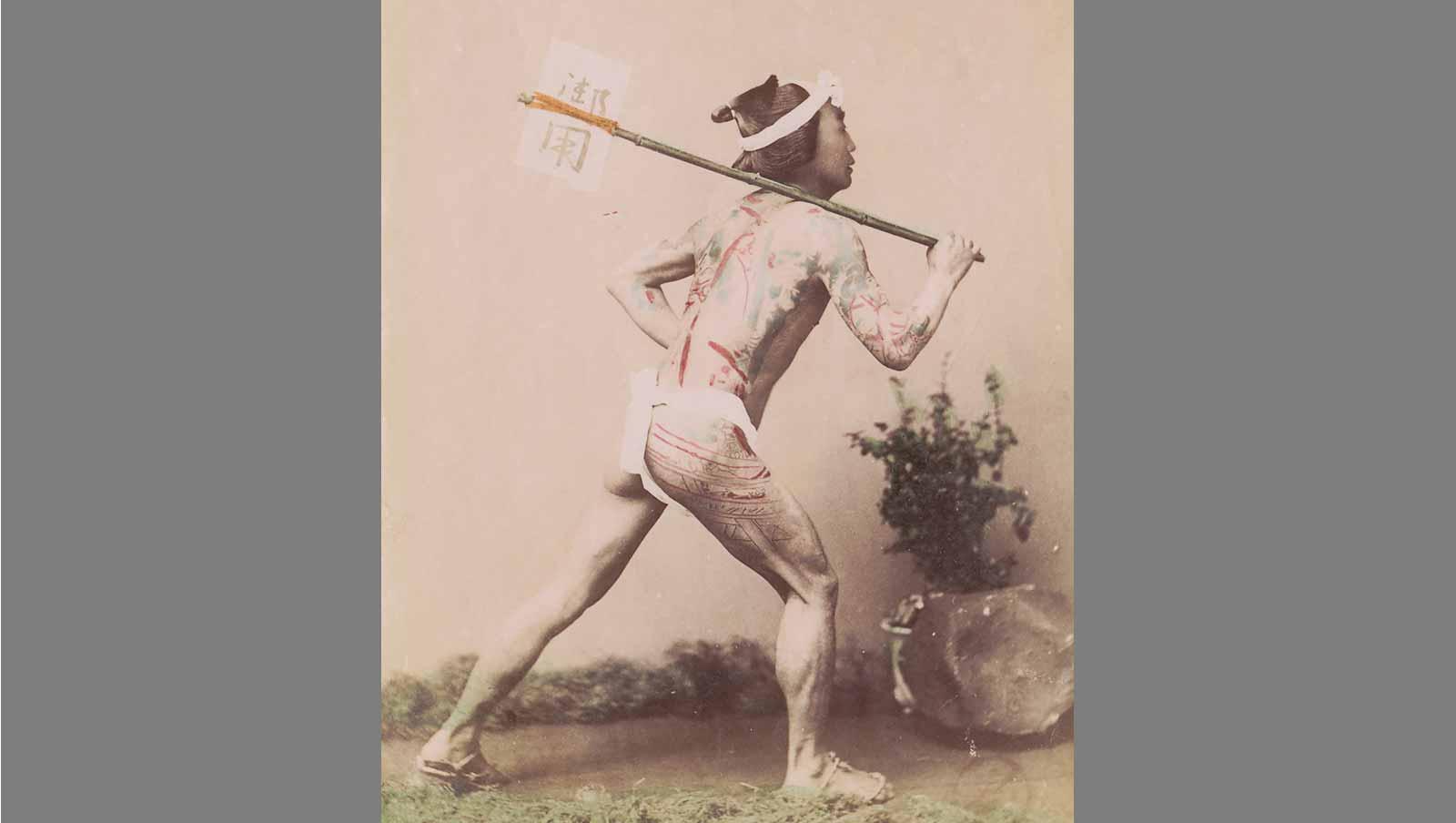
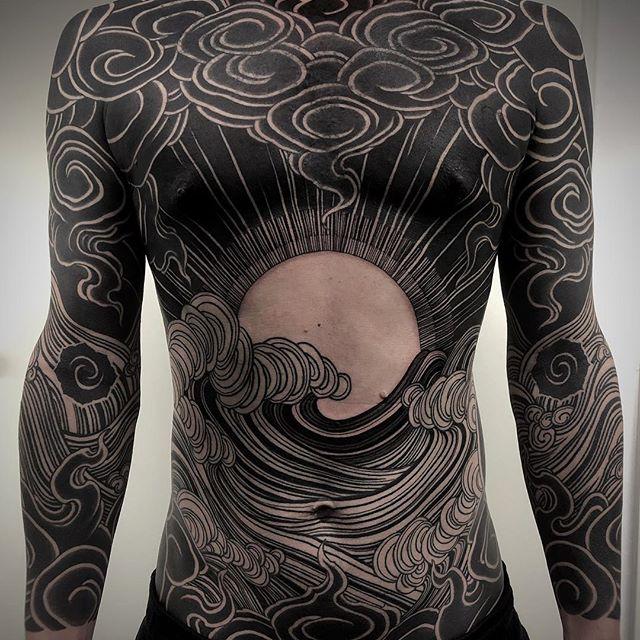





















![DEl Kathryn Barton [Australian b. 1972] the more than human love , 2025 Acrylic on French linen 78 3/4 x 137 3/4 inches 200 x 350 cm Framed dimensions: 79 7/8 x 139 inches 203 x 353 cm](/sites/default/files/styles/image_5_column/public/ab15211bartonthe-more-human-lovelg.jpg?itok=wW_Qrve3)